Leaf Vacuum Buying Guide
October 3, 2022 by The Merovingian
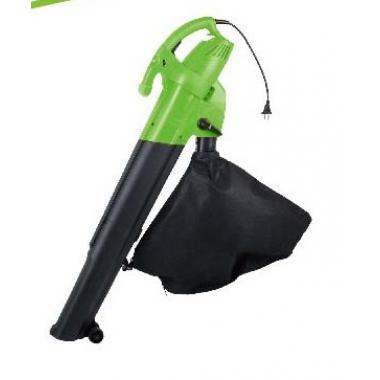
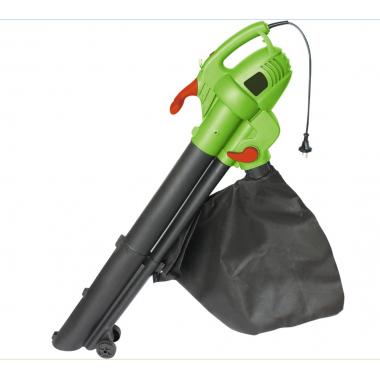
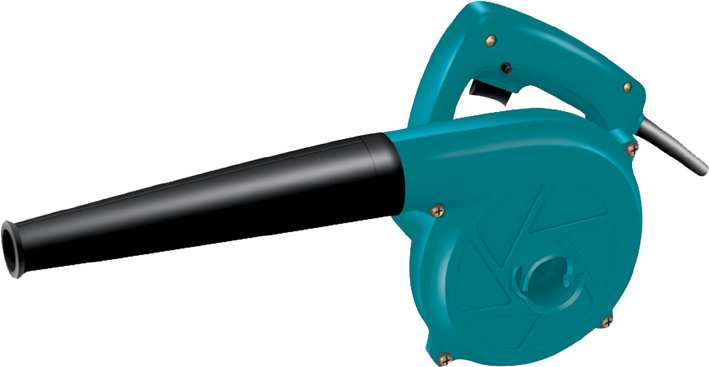
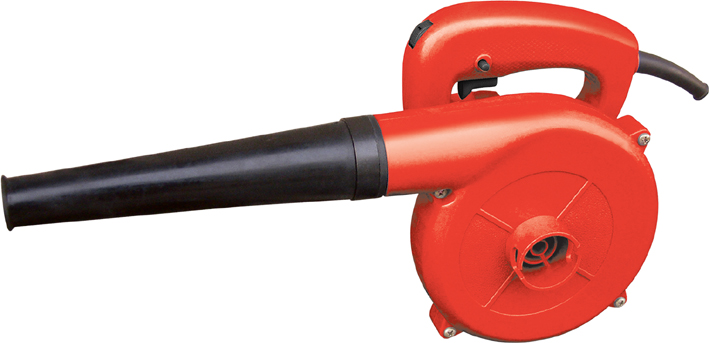
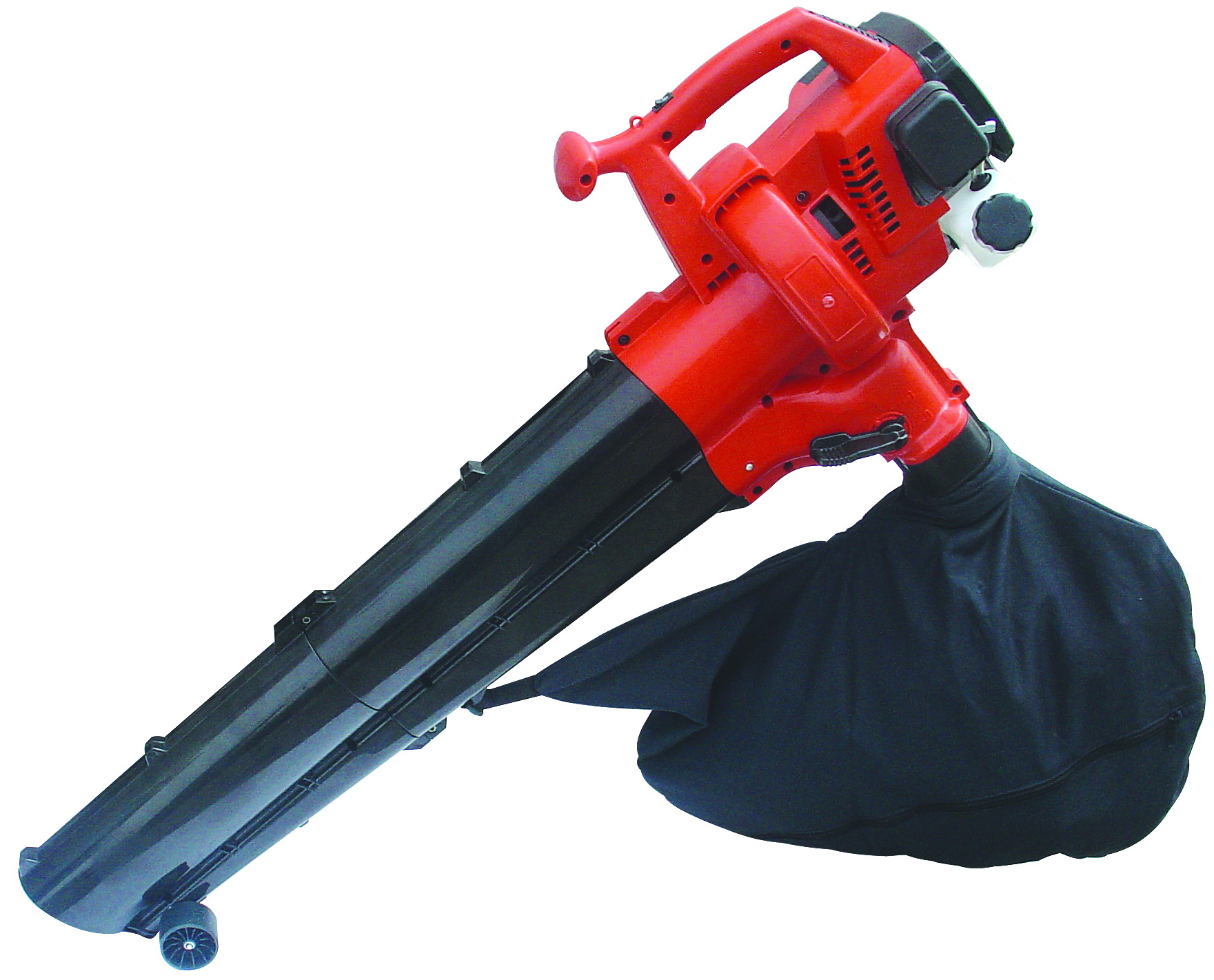
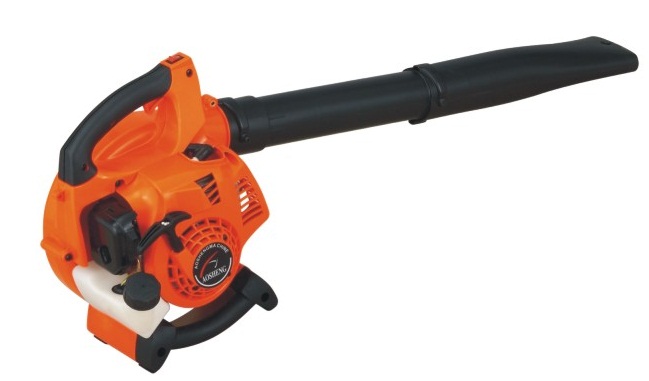
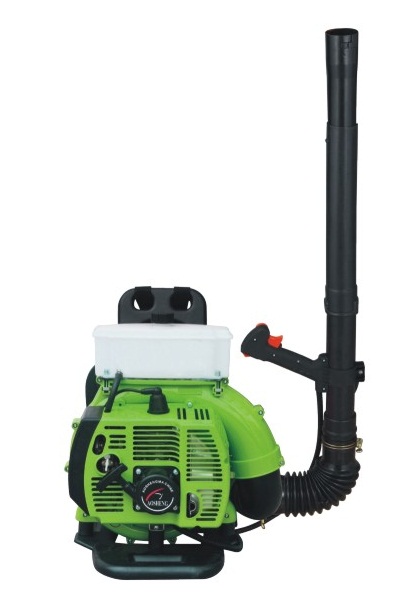
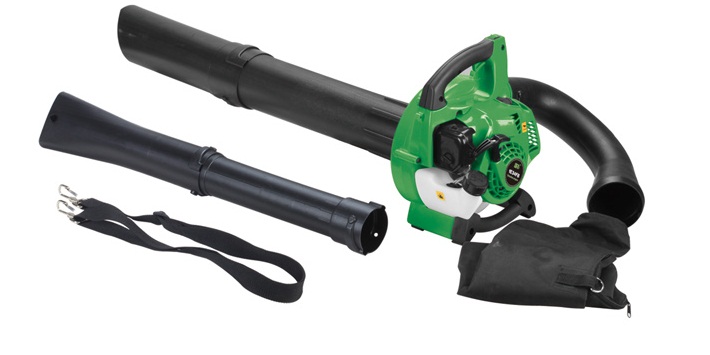

You will often also find a leaf vacuum cleaner under the term garden vacuum cleaner. However, the result is a completely identical machine. When buying one, you need to understand what you actually expect from such a garden helper. The introductory chapter on how it works will help you to do this.
Next, we will tell you which motor you can choose and, consequently, its appropriate power and wattage. We will give you some information about the collection basket capacity, the controls, and other parts. Through this article, you will find out what accessories can be used and what features modern leaf vacuum cleaners can be equipped with.
If you would like to add other helpers to your garden equipment, we also recommend our comparison of the best cultivators.
How to choose a leaf vacuum cleaner in a nutshell:
- Type – Decide whether you’re more suited to a vacuum cleaner, a leaf blower, or a machine that can do both.
- Drive – Depending on the size of your garden, the availability of an electrical outlet, and your preferences, choose electric, battery, or petrol-powered.
- Power and air speed – Depending on the type of mess you’ll be cleaning up in your garden and how often you’ll use the machine, set limits on the power and airspeed you expect from the machine.
- Shredding ratio – Depending on the type of garden, decide what shredding ratio you will need. If you’ll be cleaning up large amounts of leaves and other materials, choose a higher ratio.
- Price – Set a price limit that is affordable for your budget. See the section on price ranges for what to expect in each price range.
Method of operation
Before examining any technical parameters, you need to be clear about the role of the leaf vacuum cleaner in your garden. Although most devices look identical at first glance, they differ in many features and in the principle of operation. In this respect, there are three types to choose from.
- Vacuum cleaners
- Blowers
- Combination
Vacuum cleaners
The name of this category is clearly telling. This type of garden appliance only sucks in air, along with leaves, small twigs, and other garden waste. The debris is sucked up, crushed, and stored in a bag. From there, they can then be dumped on the compost heap.
Blowers
The opposite of vacuum cleaners are blowers. These do not suck up the leaves but blow them away. Usually, cleaning is done by blowing the autumn mess into one pile and then cleaning it up. Unfortunately, you have to do this by hand. However, you can also use a leaf blower in winter to blow snow off the sidewalk or driveway. In more extreme winter conditions, you’ll use snow blowers for these purposes, which we evaluated in a separate comparison.
Combination
This product category is a combination of the above machines into one practical unit. This means that combination leaf vacuum cleaners can not only vacuum the air but also blow it out. Just turn the lever. Perhaps that is why they are among the most sought-after vacuum cleaners.
Three-channel leaf vacuum cleaners are a certain offshoot. The two levels of blowing and vacuuming speak in their favor. In practice, such a product works as follows – air is blown through one channel, which brushes leaves and other biological waste stuck to the ground. The other channel works as a powerful vacuum cleaner and collects everything in a collection basket. This type of product is the most costly compared to the basic two.
Engine
Once you have an idea of the type of operation you will use most in your garden, you can move on to selecting the individual parameters. These will be discussed in order of importance. Your attention should primarily be drawn to the motor used. In this respect, there are three divisions.
- Electric motors
- Cordless motors
- Petrol engines
| Advantages | Disadvantages | |
| Electric leaf vacuums | + Cheapest + Low weight | – Lower performancePoorer mobility |
| Cordless leaf vacuums | + Good mobility + Low noise level + Possibility to use the battery from another tool | – Weaker performance – Need to wait for the battery to charge – Need to wait for the battery to charge |
| Petrol leaf vacuums | + Most powerful + Good mobility | – Higher weight |
Electric motors
In terms of purchase cost, this is the cheapest type of leaf vacuum cleaner. The electric motor is an integral part of the body itself. Its source of energy is electricity, which you need to get from a conventional 230 V power socket. In favor of this solution speaks especially lightweight. You certainly won’t get tired with a leaf vacuum cleaner. The performance can be slightly below that of motorized leaf vacuum cleaners.
The only negative of the electric version is the need to drag an extension cable behind you. For this reason, too, these models are more likely to be used in smaller gardens where there aren’t too many broken spaces.
The prices of electric leaf vacuum cleaners are in the range of $60 – $170.
Cordless motors
An alternative to electric motors, with the only difference being that these products are powered via a battery, not directly from the mains. The advantages of battery-powered devices are clear from this definition. Mobility is the main factor in their favor. The low noise level compared to electricity, let alone a petrol engine is also a big plus.
On the other hand, don’t expect any groundbreaking performance. When buying them, keep an eye on the battery capacity, which is the basis for the required performance in combination with the length of operation. This ranges from 10 to 90 minutes of continuous operation. As with other cordless garden tools, you will find many models that do not come with a battery as standard and must be purchased separately.
This is because individual brands offer a range of devices that are powered by the same battery. So if you have a different instrument of a particular brand at home, you can get by with that battery and won’t need to invest in another. However, if this is your first cordless device, you can’t avoid buying one. It is therefore a good idea to find out the price of the battery and charger before you buy.
The prices of cordless leaf vacuum cleaners can be purchased for between $130 and $510.
Petrol engines
We’ll finish the three available engines with the most powerful ones, i.e. petrol models. Two-stroke and four-stroke variants are used, which differ in their noise level and the need to add the necessary oil to the petrol. High power also means mobility. This specification encourages vacuums to be used in larger and more rugged gardens. On the other hand, expect higher weight, noise, and purchase costs.
Petrol leaf vacuum cleaners can be purchased in the range of $150 – $700.
Power input and output
The choice of a leaf vacuum cleaner motor is also related to its power. This determines how efficiently, quickly, and comfortably you can clear up the biological mess in your garden. In this respect, you need to distinguish between electric and petrol-powered equipment.
In the case of electric leaf vacuum cleaners, it is the power input value that is reflected in the total power consumption, i.e. the power output. The wattage is indicated in watts under the abbreviation “W”. Its values range from 1,000 W to 3,000 W. If you do not want to be limited in your work from a technical point of view, choose a minimum wattage of at least 2,000 W.
For petrol leaf vacuum cleaners, you will find the power in kilowatts presented under the abbreviation kW. The mention of “horsepower” with the abbreviation HP (horsepower) is no exception. The ratio between these two quantities is as follows – 1 kW = 1.34 HP (Source: Wikipedia). The ideal starting point is to use a leaf vacuum cleaner with at least 1 HP, i.e. 0.75 kW.
Airspeed
When choosing the right leaf vacuum cleaner, don’t forget about the air velocity, both in and out. After all, this is the primary purpose of this product. The final parameter is based on the total power of the motor used. It has a firm place in the technical specifications.
The air velocity is given in kilometers per hour or meters per second. The associated data is also the air flow volume presented in cubic meters per hour. The following are the minimum values for quality equipment.
- Minimum airspeed 124 mph (200 km/h)
- Minimum airflow volume 4,300 sqft/h (400 m3/h)
Tubes
As part of the sequence, we move from performance to the physical design of the leaf vacuum cleaner. The device consists of a body that houses the motor, a long plastic nozzle, and controls. Vacuum cleaners and combination machines also have a bag to hold the sucked-in dirt. This is absent in the case of blowers. There are three types of vacuums with regard to the tube.
The first is with a universal tube, which is used for both vacuuming and blowing. The second variant is the interchangeable tubes, where each serves a different function. The last option is the double tubes, but these increase the weight of the product.
When choosing, look out for a minimum opening diameter of 6 in (15 centimeters), which can be lower for blowers. The larger this mouth on vacuum cleaners, the better, because then you are not limited by the size of the garden waste sucked in. You may also find advice on the shape of the tube useful. A round one is best because unlike a square one, it does not trap leaves.
The collection basket and its capacity
Pay a lot of attention to the volume of the bin. There is one basic rule in this case. The bigger the bin, the less you have to empty it. Since these products are designed to vacuum leaves and similar lightweight materials, you don’t have to worry about too much weight gain either. The sizes of collection bins usually range from 4.49 to 15.85 gallons (17 to 60 liters).
In order to fit as many leaves as possible into the basket, the machine breaks them into small pieces. The bag can then be easily emptied into the compost heap. The shredding ratio sometimes referred to as the mulching ratio, indicates how well the machine can shred the leaves. This can be found in the technical specifications and is usually 10:1 or 16:1. Also watch out for how the bin is emptied. Ideally, the basket should be unzipped at the bottom.
Material and weight
You should also be interested in the production material and the total weight of the leaf vacuum cleaner. After all, you will have this device on your back or shoulder for some time. As for the outer shell, plastic components are usually used. You should rather focus on the processing of the fan, which is the most stressed part of the device. This is because you may suck in coarser and harder materials when vacuuming, which can damage this component. Depending on the cost of the product, you are offered the following choice.
- Cheap leaf vacuum cleaners – Soft plastics
- Average leaf vacuum cleaners – Hard plastics
- More expensive leaf vacuum cleaners – Metal
There is a gradual increase in the quality and durability of the fan blades as the price increases.
Weight is an individual matter. Each person is able to carry a different load. The weight of leaf vacuum cleaners is from 2.2 to 15.4 pounds (1.5 kg to 7 kg). A notional limit for you should be a maximum weight of around 11 pounds (5 kg).
Controls
Most leaf vacuums have very similar ergonomics, which include a handle with controls. These are relatively modest thanks to the single-purpose design. Usually, you can get by with the air speed control or switching between vacuuming and blowing functions. Only with motorized products do you find a choke and a cable for starting the engine.
The controls should fit nicely in your hand to make moving the vacuum cleaner as natural and comfortable as possible. The use of soft material in this part contributes to this, among other things. This element also contributes to reducing the overall vibration of the device.
Accessories
Some models of leaf vacuum cleaners also include a range of practical accessories. These either serve to extend the functions or contribute positively to ease of use. For the sake of interest, here are the most basic of them.
- Running wheels – Special wheels located at the end of the tube with which you vacuum the leaves. They eliminate the need to hold the entire weight of the suction tube. The wheels are usually removable.
- Working straps – Through these, you attach the leaf vacuum to your body and carry its full weight not with your hands, but on your shoulder or both shoulders.
- Additional handle – On the one hand, it makes the leaf vacuum wider and larger, but on the other hand, it brings a much more natural grip and handling.
- Attachments – The main tube can also include other attachments, such as narrower throats or rakes at the end.
When it comes to using the attachments, or vacuuming the leaves themselves, keep in mind that dry leaves are much easier to vacuum than wet ones, as they don’t stick.
